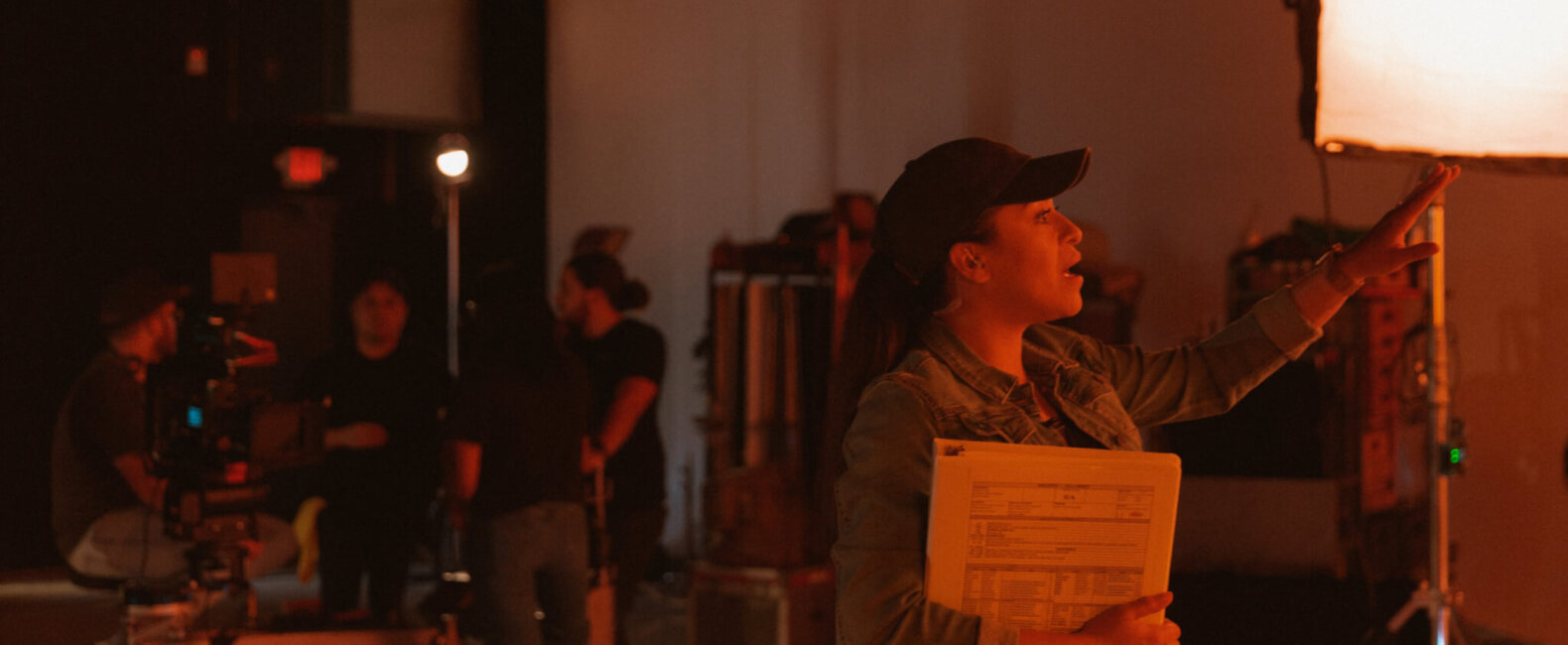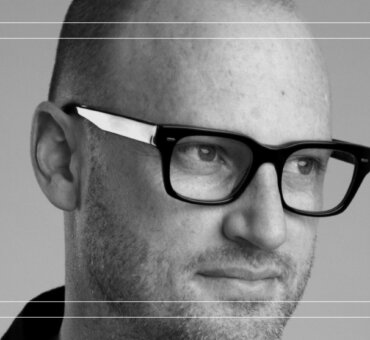In a social climate filled with noise, one of the rarest (and most valuable) commodities we have is hard-earned experiences. If you’ve learned something for yourself, through hard work, failures, experience, more failures, and even a few successes, then you’re in possession of something finer than gold.
That’s why sharing your work is so important. We need creatives to share what they’ve learned and what they’ve achieved more than ever before. We need your first-hand experience. We need your gold.
But, talking about yourself and your work isn’t easy. It’s a delicate balancing act, one that leans into ego but hopefully doesn’t take the full dive. You have to be confident, but not arrogant—humble, but not insecure. And just like anything else, it’s something that requires a good bit of practice. So, if you’ve filled your career mastering the art of mind-blowing work and big ideas, it’s equally important to master the skill of self-promotion.
Here are 4 strategies for speaking about your work, and walking the tightrope of hubris and humility.
Have a Goal
The first step in talking about yourself in a humble way is to have a goal, one that’s not based on self-adulation. Just like any great presentation, it helps to have a central idea that’s easily understood. So, distill your experiences into a key takeaway, not some nebulous thought where the listener or reader has to extract the gold themselves. In an article from The Creative Independent about self-promotion, Kathryn Jaller writes about the importance of having a goal and being creative with it:
“Promoting yourself and your work can (and should) be creative, but one way it differs from your other artistic pursuits is that it always needs a goal…In order to promote your work effectively, it’s important to understand how a word, image, or idea might affect someone’s emotions and stimulate their senses. Luckily, as a creative person, this is where your talents will shine. As you learn from those who are doing things well, it’s equally important to learn what promotional techniques bother you.”
This is a great illustration of how important it is to have a goal when you communicate. If you’re just sharing for the sake of sharing, the only people who will listen are those who cared before you decided to share. So, how do you get people to care? You pick a goal and get creative. Do what you do best. Do you want to get new clients? Do you want to share a lesson you’ve learned? Or are you simply proud of an achievement? Once you know your goal, you can adapt your messaging to match.
Believe In Your Goal
This is maybe the trickiest part of the whole process. In order to communicate our work well, we need to believe in what we’re saying. And, while this may seem like something that either is or isn’t, we think there’s a little bit more to it than that. As creatives, we know that passion is contagious. So, it’s important to find that passion, no matter what the project is. Even if you’re not particularly excited about the work, there’s definitely something in there that you feel strongly about—and that’s the part you need to share. People can tell the difference.
Once you’ve found that element, the problem of ego doesn’t seem to be much of a problem. Here’s another thought from Mark Pollard:
“Care and be confident. Both are contagious. Avoid condescension and too much ego. Increasingly, we need to educate people on how to buy our ideas and to help them feel safe while doing so. Some bravado is sexy but keep your feet on the ground.”
The trick is to care and be confident about the work, not necessarily what you did in that process. You want to share what you’ve learned, but you also want to share what you love about the work and why you think it’s worth sharing. If you truly believe in what you want to share, the steps for talking about it authentically will fall into place.
Know Who’s Listening
As a creative, no one needs to tell you how important it is to know your audience. Any communication is a two-way street, so you need to not only consider what you’re saying but also how people will receive what you’re saying. Here’s a thought from advertising legend Bernice Fitz-Gibbon:
“A good ad should be like a good sermon: It must not only comfort the afflicted, it also must afflict the comfortable.”
First, if you’re talking about yourself and your work, you need to know what your audience needs. You need to know how to “comfort the afflicted” and “afflict the comfortable.” So, if you’re sharing your work with a group of young creatives, maybe they need some encouragement and advice to help them take the next step. If you’re talking to industry veterans, maybe they need a hard kick in the pants. The second step, though, is outlined nicely by Seth Godin:
“Facts are irrelevant. What matters is what the consumer believes.”
Sharing your work and experience are irrelevant if you can’t find an application for your audience. If you’re telling someone how to win an Oscar for Best Picture, then you’re speaking to a limited (non-existent?) vertical. But, if you’re talking about how to navigate the ins and outs of finding a producer, then maybe you’re on the right track. In short, you need to find your own content angle—the intersection between your unique knowledge and what your audience needs to know.
Cut The Act
The next step is incredibly important because it affects literally anyone who wants to talk about their work or self-promote. Authenticity is key. It also comes in many forms. First, you need to grasp hold of the realization that nothing is original, but it can be authentic. Writer/Director Jim Jarmusch puts it plainly:
“Nothing is original. Steal from anywhere that resonates with inspiration or fuels your imagination. Devour old films, new films, music, books, paintings, photographs, poems, dreams, random conversations, architecture, bridges, street signs, trees, clouds, bodies of water, light, and shadows. Select only things to steal from that speak directly to your soul. If you do this, your work (and theft) will be authentic. Authenticity is invaluable; originality is non-existent. And don’t bother concealing your thievery—celebrate it if you feel like it.”
Once you make the realization that no idea you’ve ever had is completely original, you have the freedom to celebrate it. You’re no longer celebrating yourself; you’re celebrating the strange, beautiful web of ideas that led you to create that film, concept, or one-liner. In a way, you’re paying homage to those who’ve come before, and, guess what, their ideas probably weren’t wholly original either. So, own it. Celebrate what inspired you about the work, the references you used, and the ideas that led you there.
Once you’ve made that realization, you need to address another issue—something we like to call arrogant humility. If you’re reluctant to talk about yourself or own up to your wins, then it serves as its own form of arrogance. It tells people that you believe it’s all about you, and because of that, you’re refraining from sharing. But, as we said, it’s not about you, so you should feel free to share your wins. It’s one of the most humble things you can do and people will pick up on that immediately. It’ll be a breath of fresh air.
Lastly, talking about yourself and your work is difficult and unnatural, but something you can only get better at if you keep doing it. Whether you’re writing LinkedIn posts or pitching your work to a new client, it will get better and feel more natural over time. And, just when you think you’ve said enough, people will only be beginning to take notice. As we said before, firsthand information is in short supply, so don’t hoard it. Share it.
Read our conversation with Pereira O’Dell’s Chief Creative Officer Rob Lambrechts about the one project that revived his passion for the creative industry.






